Location is Power.
Commerce is the Opportunity.
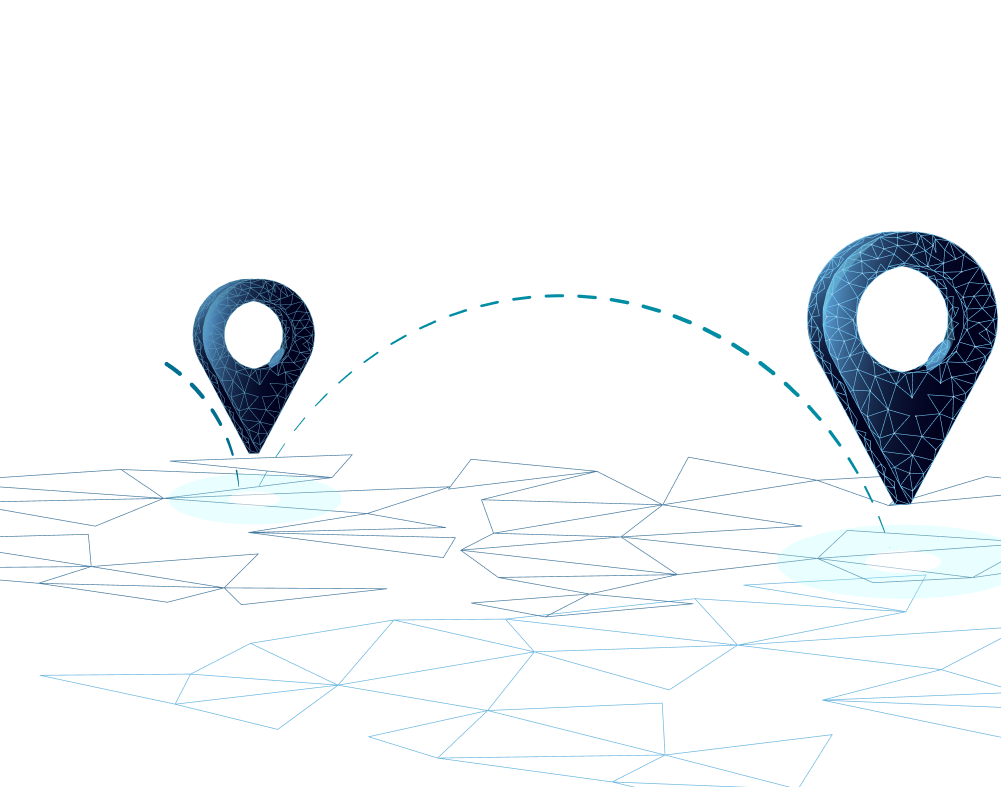
Each location holds a spectrum of identities
and commerce opportunities.
At Logi5, we know that a single place is more than just a point on a map — it’s a complex web of individual needs, past behaviors and evolving journeys. Our platform goes beyond understanding just the current location; it uses predictive modeling to analyze past location data, identifying patterns that reveal deeper insights into consumer needs. With machine learning, Logi5 anticipates what each individual may need next, transforming location data into targeted, future-focused opportunities that drive meaningful engagement and growth for brands.
From students and professionals to families and solo travelers, every location serves a diverse spectrum of identities, each with unique needs and commerce opportunities. Logi5’s advanced location intelligence goes beyond a one-size-fits-all approach, enabling brands to connect with each member of the audience on a personal level. By recognizing these distinct identities, we transform every location into a rich network of targeted opportunities.
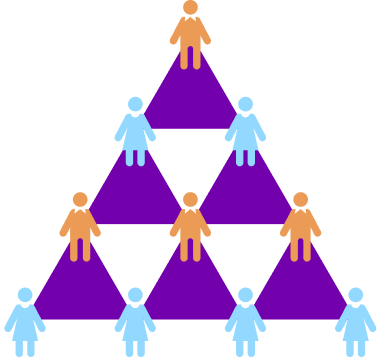
One person, countless moments. Logi5’s advanced technology tailors it’s messaging based on where individuals are, what they’re doing, and what they might need next. This futuristic approach allows us to create timely, personalized commerce opportunities that align with each step of the individual’s journey.
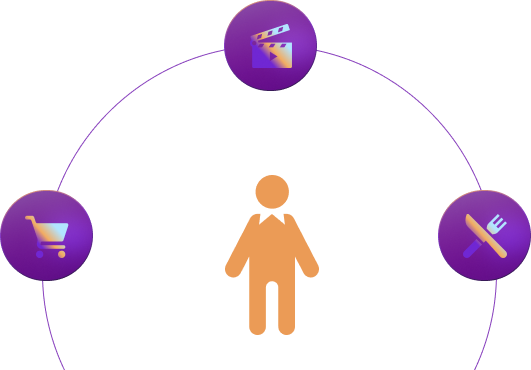

Geo Locations OR
POI mapped
Audience Segments
based on real-time
location
Historical data with
frequency and recency
of 90 days
Privacy & GDPR compliant
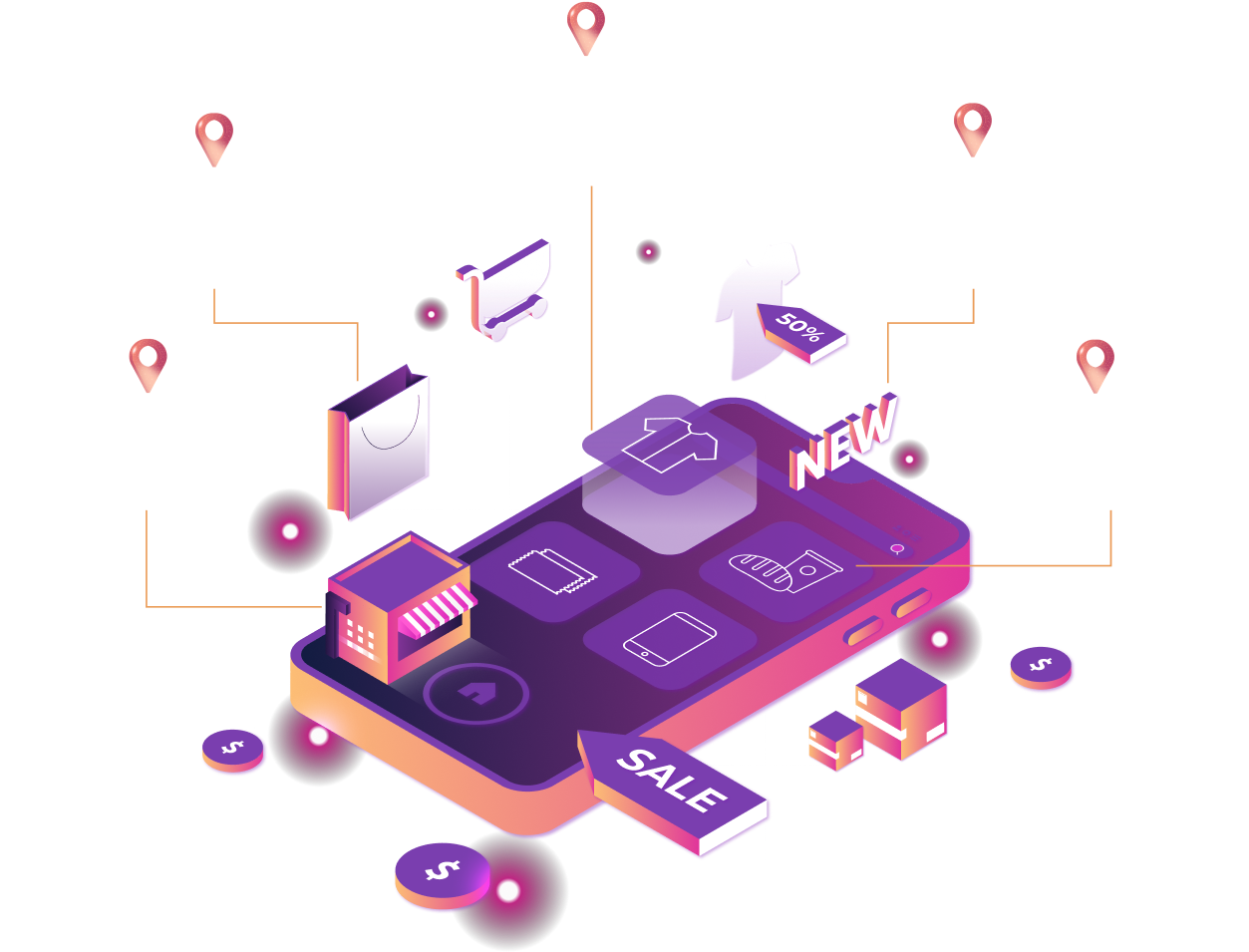
Connect with your audience at every stage using location intelligence and multi-screen advertising
Reach your target audiences effortlessly with
automated ad placements

Reach viewers on their favorite streaming platforms
with precision

Capitalize on high-traffic locations with impactful
digital out-of-home advertising

Engage users directly on their devices with
location-based campaigns

Connect with consumers where they interact most
through tailored social ads

Leverage moving out-of-home strategies for real-time
audience engagement






“Our experience with Namshi has been nothing short of transformative. Their team took the time to understand our brand and crafted a customized media strategy that brought measurable results!”
Emma L., Marketing Director at XYZ Corp.

“Our experience with Namshi has been nothing short of transformative. Their team took the time to understand our brand and crafted a customized media strategy that brought measurable results!”
Emma L., Marketing Director at XYZ Corp.

“Our experience with Namshi has been nothing short of transformative. Their team took the time to understand our brand and crafted a customized media strategy that brought measurable results!”
Emma L., Marketing Director at XYZ Corp.

“Our experience with Namshi has been nothing short of transformative. Their team took the time to understand our brand and crafted a customized media strategy that brought measurable results!”
Emma L., Marketing Director at XYZ Corp.
In the fast-paced world of mobile commerce, advertisers are constantly seeking innovative ways to connect with their audiences in an increasingly crowded digital space. With millions of consumers engaging across multiple touchpoints every day, standing out in a sea of digital ads has become more challenging than ever. Location and intent-driven advertising are now leading the charge in reshaping how brands interact with consumers. These cutting-edge strategies enable advertisers to reach customers with precision targeting, delivering ads based on their real-time location and purchase intent.
As consumer expectations evolve, shoppers today demand more personalized, relevant, and timely experiences—especially on mobile devices. With consumers often making spontaneous decisions, particularly when they are out and about, reaching them at the right moment can dramatically increase engagement and conversion rates. Location and intent-based advertising meet this need by leveraging rich data to trigger ads that are highly relevant, contextually aware, and aligned with the customer’s immediate needs.
By tapping into powerful technologies such as geolocation, moment marketing, and real-time purchase intent signals, advertisers can reduce wastage and ensure their ad spend goes further. Rather than casting a wide net across an indifferent audience, brands can now narrow their focus to high-potential, highly-engaged consumers who are likely to take action. This not only improves the efficiency of advertising campaigns but also maximizes return on investment (ROI), as brands are able to engage users in a more targeted, meaningful way.
The Power of Location Advertising in Mobile Commerce
Location-based advertising has quickly become one of the most effective ways for brands to connect with consumers. By tapping into location intelligence, brands can deliver relevant ads based on where a consumer is located in real time.
Location-based ads can be extremely efficient, reducing wastage by eliminating broad, untargeted campaigns and focusing on high-intent customers who are nearby and ready to act.
Intent-Driven Advertising and Its Impact on Consumer Engagement
While location targeting tells you where a consumer is, intent-driven advertising provides deeper insights into why they might make a purchase. By analyzing behavioral signals such as search queries, website visits, past purchases, and social media activity, brands can accurately predict purchase intent and deliver ads that are more likely to convert.
Key Benefits of Intent-Driven Advertising
Intent-driven targeting has quickly become a staple for retailers, e-commerce platforms, and marketplaces, allowing brands to reach consumers when they’re at the peak of their purchasing decision-making process.
Programmatic Advertising and DSPs Transforming Targeting Capabilities
The rise of programmatic advertising has made it easier for marketers to deliver real-time, data-driven ads to highly targeted audiences. Programmatic buying, especially through Demand-Side Platforms (DSPs), is enabling more efficient and precise ad targeting, both by location and purchase intent.
Programmatic advertising, combined with real-time bidding and geotargeting, has made it easier for brands to deliver highly relevant and personalized ads, increasing engagement and improving overall ROI while reducing waste.
Audience Profiling and Purchase Intent Creating Hyper-Personalized Experiences
Gone are the days of generic, one-size-fits-all advertising. Today, brands are using audience profiling to segment their audiences based on detailed data such as location, demographics, online behavior, and purchase intent.
Audience profiling and purchase intent data allow brands to deliver ads that feel personal, relevant, and timely, ultimately driving higher engagement and reducing the likelihood of wasting ad dollars on disinterested audiences.
Omnichannel Advertising and Mobile Commerce Bridging Online and Offline
In a world where consumers engage with brands across various channels—mobile, desktop, in-store, and even social media—it’s important for businesses to adopt an omnichannel strategy that integrates location-based and intent-driven advertising across multiple touchpoints. This allows brands to engage customers consistently, regardless of where they are in their purchase journey.
By integrating location and intent-based targeting across all customer touchpoints, brands can deliver an omnichannel experience that nurtures customer relationships and drives conversions at every step of the journey.
A More Efficient Future for Mobile Commerce
As mobile commerce continues to surge in popularity, location and intent-driven advertising are becoming essential strategies for brands aiming to stand out in a crowded market. These methods enable businesses to reach consumers at the right time and place, delivering personalized, timely, and relevant messages that resonate with their needs.
By leveraging programmatic advertising, audience profiling, moment marketing, and real-time data, brands can drastically reduce budget wastage, optimize their ad spend, and drive better ROI. As consumers expect more personalized experiences, location and intent-driven ads will play a crucial role in delivering these experiences efficiently, resulting in higher conversions and stronger customer loyalty.
Explore smarter intent-driven advertising with Logi5. Deliver real-time, location-based campaigns that target the right audience at the right moment. Maximize conversions, reduce waste, and turn intent and location data into your competitive edge.
Businesses that adopt these cutting-edge strategies will not only stay ahead of the competition but also create a seamless, engaging, and efficient mobile commerce experience for their customers.
The holiday season isn’t just the most wonderful time of the year—it’s also the most lucrative for advertisers and brands. As consumers embark on last-minute shopping sprees and holiday planning, businesses face a golden opportunity to create impactful connections. Predictive location targeting, powered by AI and real-time analytics, is redefining holiday marketing by combining proximity targeting, geofencing, and cross-channel advertising. This approach allows brands to engage consumers precisely where they are and at the perfect moment. For marketers, the question isn’t whether to leverage these tools, but how to maximize their potential to drive foot traffic, boost sales, and elevate ROI during the bustling holiday season.
Unpacking Predictive Location Targeting
Predictive location targeting leverages AI to analyze real-time and historical consumer data, allowing advertisers to anticipate shopping behaviors, refine geotargeting efforts, and maximize campaign impact. With consumers increasingly blending their digital and physical shopping experiences, this approach bridges the gap between online engagement and in-store conversions.
By harnessing these techniques, brands can tap into the inherent spontaneity of holiday shopping, engaging consumers when they’re most likely to act.
Strategic Tactics for Advertisers and Marketers
Holiday success demands a thoughtful combination of innovative strategies and precise execution. Below are key tactics to help advertisers harness predictive location targeting effectively:
1. Amplify Proximity Targeting for Local Shoppers
2. Strengthen Cross-Channel Consistency
3. Leverage Real-Time Analytics for Dynamic Adjustments
4. Tap Into Last-Minute Shopping Trends
5. Deploy AI for Enhanced Consumer Segmentation
Boosting ROI and Driving Sales: The Holiday Playbook
Predictive location targeting delivers measurable outcomes for brands aiming to maximize holiday sales. By combining precision with personalization, businesses can ensure their campaigns not only reach the right audience but also drive meaningful engagement.
Capitalizing on the Christmas Shopping Frenzy
The Christmas season represents a critical moment for brands to shine, with retail sales predicted to surge by 7.1% in 2023 (source). Consumers are more open than ever to relevant and convenient advertising as they navigate the pressure of last-minute gifting and holiday planning.
Key Metrics to Monitor During Holiday Campaigns
Measuring success requires tracking metrics that reveal the true impact of predictive location targeting:
As the holiday season approaches, advertisers must rethink traditional strategies and embrace the power of predictive location targeting. By focusing on proximity targeting, geofencing, and cross-channel advertising, brands can create campaigns that resonate deeply with consumers while delivering exceptional ROI.
Leverage the power of Logi5 to elevate your holiday campaigns with predictive location targeting. Seamlessly connect with customers through real-time, location-based insights that drive in-store visits, boost online conversions, and create impactful omnichannel experiences. With Logi5, turn geolocation data into measurable success this holiday season.
The upcoming Christmas shopping season is a chance to leverage cutting-edge tactics and turn insights into actionable results. With the right approach, predictive targeting can transform seasonal challenges into unparalleled opportunities. Ensure your holiday campaigns stand out by aligning innovation with precision—and watch your brand shine this festive season.